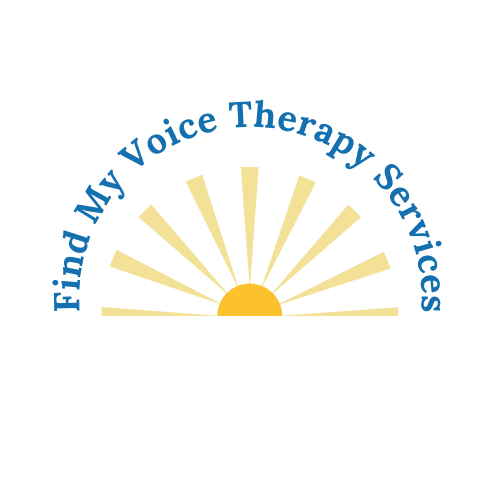AAC Technology Showcase: Low-Tech vs. High-Tech Options
In the ever-evolving world of Augmentative and Alternative Communication (AAC), the range of options available to individuals with communication challenges has expanded significantly. From traditional low-tech solutions to cutting-edge high-tech devices, AAC technology has transformed the lives of countless individuals. In this blog post, we'll explore the distinctions between low-tech and high-tech AAC options, highlighting the advantages and considerations for each.
Low-Tech AAC
Low-tech AAC solutions are typically simple, inexpensive, and do not rely on electronic components. They include:
1. Communication Boards: These are boards with pictures, symbols, or words that individuals can point to or touch to convey their message. Communication boards can be customized to the individual's needs and are often used for daily activities or specific situations.
2. Picture Exchange Communication System (PECS): PECS is a structured approach that uses picture cards to facilitate communication. Users learn to exchange these cards to initiate or respond to conversations.
3. Sign Language: Sign language is a visual-gestural communication system that uses hand movements and facial expressions. It's a powerful way for individuals who are Deaf or hard of hearing to communicate.
4. Communication Books: These are portable books with pages of symbols or pictures that users can flip through to communicate their needs or thoughts.
High-Tech AAC
High-tech AAC solutions incorporate electronic components and digital interfaces, offering more versatility and complexity. They include:
1. Speech-Generating Devices (SGDs): SGDs are sophisticated devices that use text or symbol-based communication software. They often feature synthesized speech output and can be controlled via touch, eye gaze, or switches. SGDs are highly customizable and suitable for individuals with a wide range of communication needs.
2. AAC Apps: With the proliferation of smartphones and tablets, AAC apps have become increasingly popular. These apps can turn mobile devices into powerful AAC tools, offering a wide range of features, including customizable symbols, voices, and communication grids.
3. Eye-Gaze Technology: This cutting-edge technology allows individuals to control AAC devices or computers using their eye movements. It's especially valuable for those with severe physical disabilities.
Considerations and Advantages
Low-Tech AAC:
Simplicity: Low-tech options are easy to use and require minimal training.
Cost-Effective: They are often more affordable than high-tech alternatives.
No Battery Dependence: They don't rely on batteries or electricity.
High-Tech AAC:
Versatility: High-tech options offer a wider range of vocabulary and customization.
Complexity: They can support more advanced language development.
Portability: Many high-tech AAC solutions are portable and lightweight.
Dynamic Updates: Software updates can enhance functionality and adapt to evolving needs.
Low-tech and high-tech AAC options both are valuable tools for individuals with communication challenges.
When it comes to selecting the right AAC solution, the expertise of Speech-Language Pathologists (SLPs) and Occupational Therapists (OTs) cannot be overstated. Their guidance and assessment are crucial in determining the most suitable device for an individual's unique needs.
Low-tech and high-tech AAC options each have their strengths, and the decision should be based on a comprehensive evaluation of the individual's communication abilities, physical capabilities, cognitive skills, and personal preferences. SLPs bring their deep knowledge of language development and communication disorders to the table, ensuring that the chosen AAC system aligns with the user's communication goals and developmental stage.
OTs play a vital role in assessing an individual's physical abilities and motor skills. This assessment is particularly important when considering high-tech AAC options, as it helps determine the most accessible and effective method of interaction. For example, if a user has limited hand mobility, eye-gaze technology may be a more suitable choice.
Collaboration between SLPs, OTs, individuals with communication challenges, and their families is the key to making an informed decision. It ensures that the chosen AAC device not only meets immediate communication needs but also supports long-term growth and independence.
AAC Awareness Month serves as a reminder of the transformative power of AAC technology and the importance of inclusive communication. With the right guidance and support from professionals, individuals can find their voice and participate fully in the world, breaking down communication barriers and fostering connections with others.
